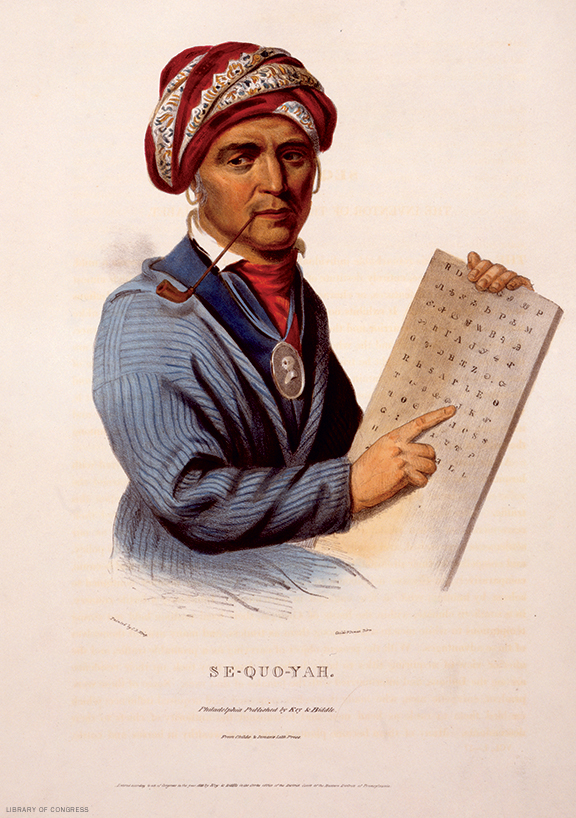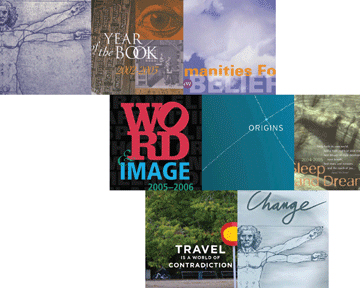Projected on the wall behind Dr. Wendy Steiner, larger than life, was a slide of Rrose Selavy.
The batty, sexy, female alter ego of Marcel Duchamp, Rrose was, in this photograph, depicted as a mannequin dressed in a curly wig and a suit jacket. The brainchild of Duchamp, who then went on to attribute various pieces of writing and art to her throughout his career, she was an apposite springboard for Steiner’s talk, entitled “Adam’s Dream: The Modeling of Eve.”
The April lecture concluded this year’s Penn Humanities Forum, a four-month series of interdisciplinary events dealing with the theme “Sleep and Dreams.” Steiner, the Richard L. Fisher Professor of English who serves as the forum’s director, suggested that dreams and the “dream modeling” of woman played an integral role in the art and literature of the 20th century.
She began by rattling off a list of the kinds of models made use of by modernism: mannequins, prototypes, miniatures, copies, simulacra, life models, fashion models, sitters who pay to have their portrait painted, and even the muse, the very conduit of creativity. Copies in particular were big in 20th-century thinking, she said, and they ranged from Freud’s notion of compulsive repetition to Charlie Chaplin’s depiction of people being ruled by the machines they created in Modern Times. The relationship between the master and the original, or between the artist and his model, has to do with power, and it isn’t always clear who has it.
It all started with Adam and Eve, naturally. When Milton set about retelling the Genesis story of God’s creation of man in his poem “Paradise Lost,” Steiner said, he was dissatisfied with the depiction of Eve’s creation. There was a lot going on in Adam’s part of the story; after all, he was made in God’s image. But Eve, made from Adam’s rib, was merely a synecdoche, part of a whole. She wasn’t modeled on anyone.
“Milton didn’t like this ambiguity,” said Steiner, so he added a new dimension to the story: He had Adam fall asleep and dream of Eve’s creation. The idea of the “truth of the imagination,” like a dream that comes true, was central to the Romantics’ idea of artistic creation.
Another creation story, one in which art was seen as the model for life, became a modernist theme. In Ovid’s Metamorphosis, Pygmalion sculpted the beautiful statue Galatea, then fell in love with her. She was far greater than any beauty that could occur in nature; in the artist’s eyes, she surpassed her real-world model.
Then Steiner showed a slide of a nude by Mondrian, a nonfigurative painting in which the human body is replaced by abstract elements. It has no reference in nature, no model. Gertrude Stein, in her famously abstruse writing, did the same thing. In her 1934 Portraits and Prayers, Steiner explained, Stein used a pattern of words to recreate her own internal experience of people without using them as her subject. The notion of model-less art, or of art that turns around and influences life, was repeated again and again throughout the 20th century.
An anecdote about Stein and her great friend Pablo Picasso drove the point home. The two artists had a long-standing friendship, during which Stein sat for more than 80 hours for his portrait of her. Picasso completed the painting just before he left Paris for Spain, where he studied African, Roman, and Iberian sculpture. But he felt dissatisfied with the face, which he erased by slapping with white paint before he left. Upon returning, and without having seen Stein for months, he painted the face, which looked markedly different from the rest of the painting and which, many complained, didn’t look like Stein, either. Picasso’s response: “Everybody says that she does not look like it but that does not make any difference. She will.”
What can it mean when art has surpassed its life model? According to Steiner, much of what transpires between an artist and his model is the flip-flopping of power roles. Throughout history the job of artist’s model was so marginalized that it was considered only a notch above prostitution. But don’t be fooled, said Steiner: The model has been denigrated, but she has also been very powerful.
In the latter half of the 20th century, there have been artistic attempts to redress the imbalance of power between the artist and the model. Steiner packed her talk with examples, including the photographer Cindy Sherman, who during the 70s made many “film stills” of herself, playing with what Steiner called the “doubleness” of the model’s role. In one picture Sherman is a cheesecake model, reclining in her underwear, head tilted back, eyes wide and flat. But as the photographer and engineer of the image, she was also the artist, gazing upon herself.
And then there’s Museum Anatomy, the unusual project undertaken by the husband-and-wife team Chadwick & Spector. Chadwick Gray and Laura Spector select long-forgotten portraits of women from museum storehouses that they recreate on Chadwick’s body.
“They travel the world, rescuing female images from oblivion,” Steiner said. Chadwick’s male body becomes the canvas for paintings of the female form, and the results are by turns shocking, distorted, and humorous.
This kind of play, the inventiveness of the creative imagination, seems central to Steiner’s belief that the old paradigm can be turned on its ear. She recalled a scene from Christopher Bram’s novel Father of Frankenstein, in which two characters, only one an artist, take off their clothes and sketch each other. Steiner quoted the book: “One of the joys of art is that it introduces a new hierarchy into the world.”
—Katie Haegele C’98



